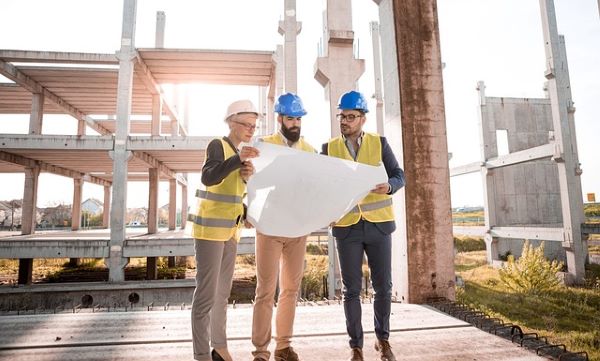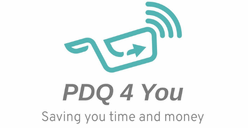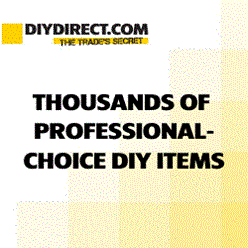In case you missed it see what’s in this section
Let's Talk

Small Business Construction: How To Prioritise Safety And Employee Well-Being
Prioritising employee safety and well-being is a legal responsibility of small business owners, especially in construction.
This sector has been highlighted as the deadliest industry in the UK, as 30 out of the 123 work-related deaths in 2021/22 occurred in construction roles. Fostering a culture of safety is essential whether you’re working as a large outfit or smaller business.
Read this guide to learn practical tips for implementing effective safety measures in your small construction business. This will help you keep employees safe while leading to a more productive and harmonious work environment.
Practical tips on how to promote safety and employee well-being
Any business regardless of industry and size should account for safety regulations and preventative measures against accidents or fatalities in the workplace. However, as a small business, injury or illness could have a more significant impact on your reputation. Here are some practical tips on how you can ensure health and safety standards across your company:
Develop safety protocols
Depending on the services and products your small business offers, you’ll need to develop safety protocols that keep the specific safety needs of your employees in mind. Staff should clearly understand what their safety expectations are, along with the consequence if safety procedures are not appropriately followed.
Conduct safety training
The consequences of inadequate safety training can be severe, especially on business performance, financial turnover, and the ability to retain good employees. Once you have established safety protocols, your staff should be subject to regular training to ensure they are up to date on any changes.
Provide personal protective equipment (PPE)
Employers are legally required to provide PPE to employees if they are exposed to a health and safety risk that can’t be controlled by other means. PPE such as face masks, heated hoodies, gloves, and weight-performance thermals can keep workers comfortable and secure when exposed to corrosive materials, toxic fumes, and extreme temperatures.
If your small business doesn’t currently offer the correct PPE to staff, start investing in safety equipment today. PPE applies to anything that prevents
accidents or injury in the workplace including fire extinguishers and smoke detectors.
Identify and assess hazards
New hazards will be developing all the time so the working environment should be regularly assessed. Once potential risks have been identified, safety measures should then be implemented to eliminate or mitigate them.
This can be achieved through regular assessments and by notifying employees about any present threats through word-of-mouth or by utilising labels and signs. This can provide information on safety procedures or directions to emergency exits or first aid kits.
Weather in Manchester
Listings









